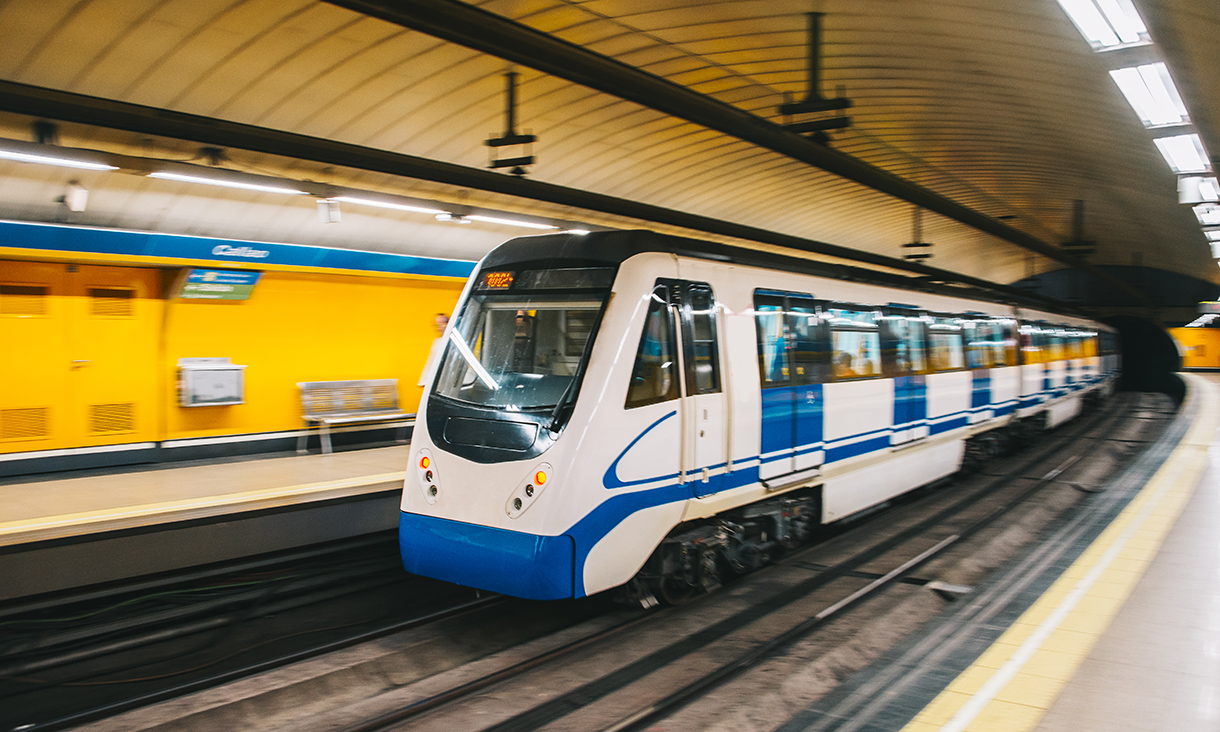However, railway infrastructure operators face numerous obstacles when it comes to attaining the data needed for resilient asset management, according to RMIT University and University of Sydney researchers.
The research team, part of the European-funded project SAFETY4RAILS, is drawing on the knowledge behind RMIT’s Central Asset Management System (CAMS) technology to design a comprehensive asset management system to assist rail operators.
The system, which will include resilience modelling, is working to overcome the challenges across current data collection methods on railway infrastructure performancem, which can result in a lack of consistent and accurate data as well as differing conventions and guidelines across railway operators.
Adequacy, accuracy, and consistency of available data is key in planning for unexpected future rail disruptions caused by cyber and/or physical attacks, according to Dr Nader Naderpajouh from the University of Sydney and RMIT.
"We see current data collection methods in relation to railway infrastructure performance posing a major challenge in such preparedness," he said.
Current data collection methods
Dr Mojtaba Mahmoodian from RMIT’s School of Engineering said that current means to collect data are mainly based on visual inspection, and can be both costly and risky.
"The Internet of Things and other advanced technologies can help us to perform intelligent monitoring and maintenance of rail infrastructure, at a lower lifecycle cost and risk," he said.
According to Giulia Siino, Research Fellow at RMIT Europe, another issue is that current methods often serve different parts of an asset management strategy.
"Therefore, we see a variance in collection intervals, volume of data, units of measurement and consequent decision-making – this makes it difficult to compare and combine information to reach a whole picture assessment," she said.
The need for continuous availability and reliability of data
The experts say that a comprehensive resilience plan and optimisation of efforts across railway infrastructure asset management require continuous availability and reliability of data.
“We expect to see this realised through the SAFETY4RAILS project,” they said.
Story: Karen Matthews



.jpg)

